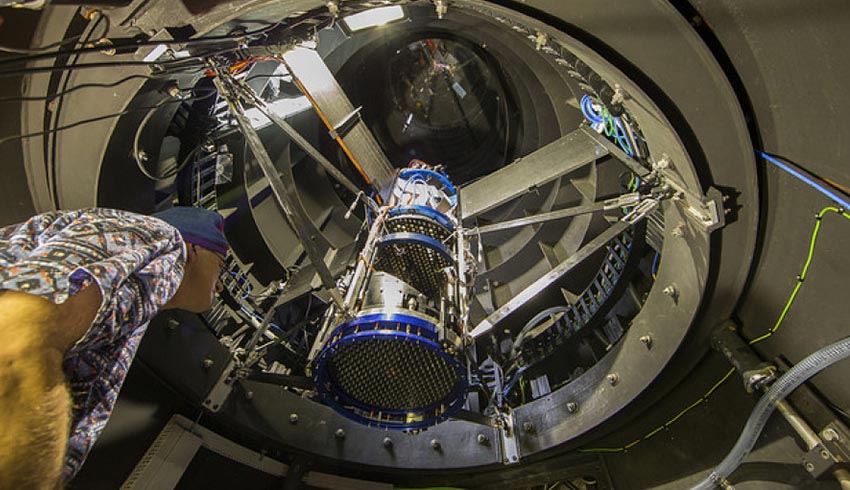In the foreword to the new Australian Civil Space Strategy 2019-2028, Dr Clark said this strategy provided the certainty of a long-term framework around which the space sector can plan for long-term transformation and growth of the industry.
She said Australia has a strong and dynamic space sector, with high ambitions, great potential characterised by creativity and entrepreneurship and a sense of discovery.
"We have listened to what the sector has told us through consultations across all states and territories and we have sought to reflect the view of the nation in this strategy," Dr Clarke said.
Dr Clark said threaded through the strategy were its values – Australia as a responsible global citizen, being safe and secure in space and on Earth, achieving shared ambition through partnership, doing what we say we will do, embracing entrepreneurship and inclusion and being curious to learn more.
The strategy sets out four central pillars and the seven National Civil Space Priorities. Priorities one and two – position, navigation and timing, and Earth observation – received some funding in the 2018 budget.
Priorities three and four – communication technologies and ground infrastructure – will be a focus in 2019-21. This week’s budget provided funding for a mission control facility in Adelaide.
The remaining priorities will be the focus of attention in 2021-28. The strategy said the global space sector was growing rapidly and was a significant part of what’s termed the fourth industrial revolution.
It’s worth US$350 billion today, with forecast growth to more than $US1.1 trillion by 2040.
"In Australia alone, the space sector is growing strongly and outperforming the broader economy. The Australian space sector is expected to grow at an annualised 7.1 per cent over the five years through 2023-24. The industry value added over the decade to 2023-24 is also expected to grow at an annualised 8.6 per cent, compared to an expected growth in Australian GDP over the same period of 2.7 per cent,” it said.
"Strong space economies like the US and Europe are underpinned by large aerospace industries, while Australia will need to grow capabilities through its start-up and growing space businesses and attract international partnerships."
The strategy will be implemented in three phases over the next decade, building on work undertaken by the Space Agency since it was formed in July 2018.
- Phase 1: Involves setting conditions for growth, including establishing international and national partnerships and setting up collaborations for research. It includes amending the Space Activities Act 1998, which could allow manned space flight from Australian territory.
- Phase 2 (2019-21): Involves building on relationships and implementing STEM initiatives and partnerships with industry to develop the future diverse and inclusive workforce, including Indigenous engagement and internships.
- Phase 3 (2021-2028): Will involve building success, including the final four priority areas, establishing joint international missions and further engaging in the region.
The strategy sets principles for government investment. That investment will need to align with National Civil Space Priorities, target a gap in the market, market failures and inefficiencies.
It will include enabling infrastructure that will bring industry to scale and will leverage contributions from other sources, such as academia or research organisations, industry, state and territory governments and international counterparts.

